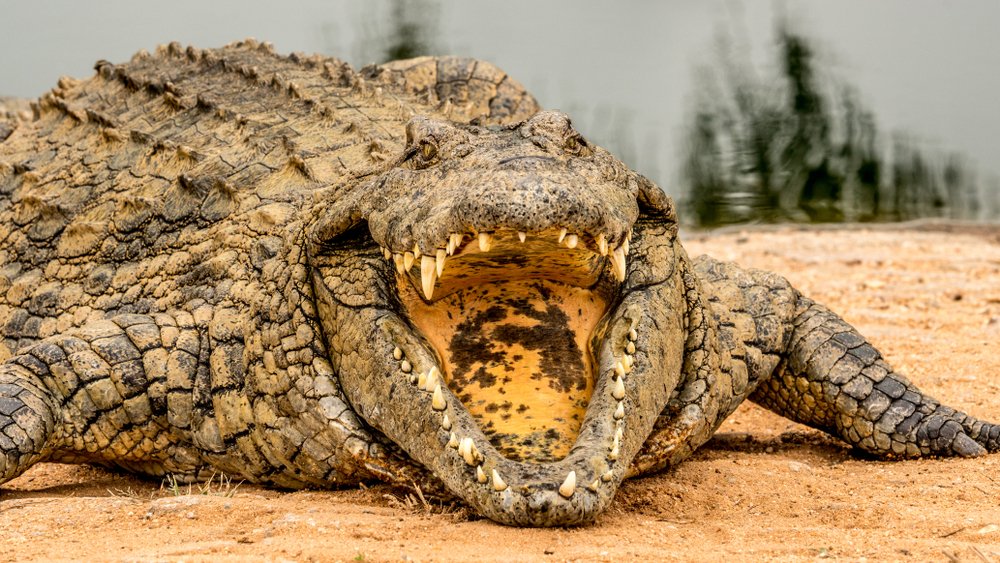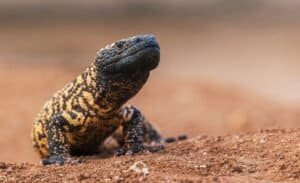Have you ever wondered How Many Nile Crocodiles Are Left In World? According to the Red List of IUCN, the estimated population of Nile Crocodile is from 5000 to 7000 left in the world. The Nile crocodile, a formidable creature, holds a significant place in the world’s natural heritage. However, their population has faced numerous challenges in recent years.
Nile crocodiles (Crocodylus niloticus) are one of the largest reptiles in the world, known for their powerful jaws and prehistoric presence. Found in freshwater habitats across sub-Saharan Africa, these apex predators play a vital role in maintaining the ecological balance of their native ecosystems.
Table of Contents
Characteristics of Nile Crocodile
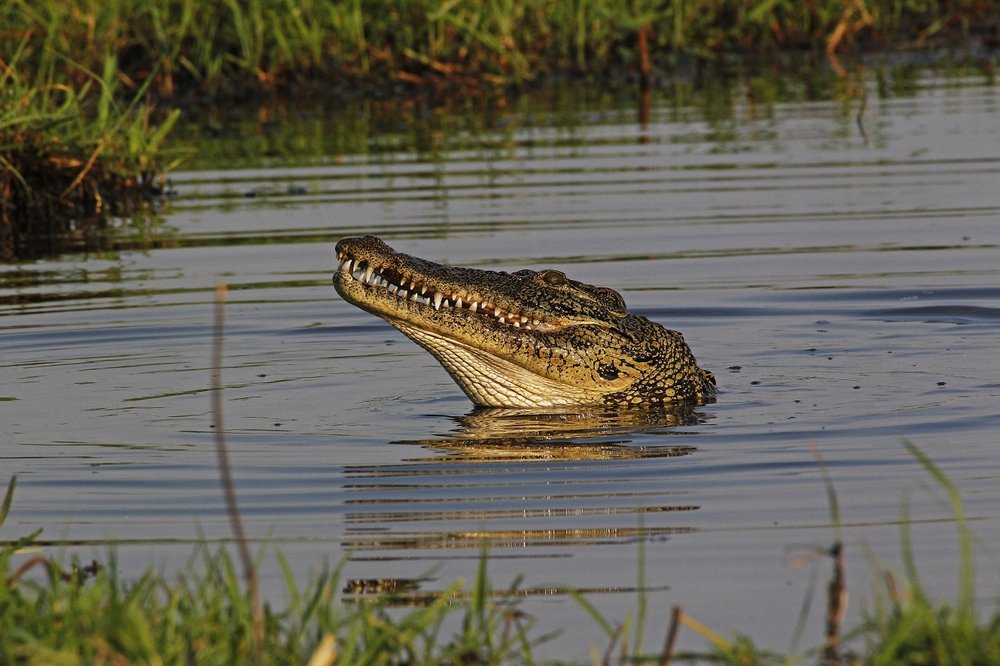
The top of an adult Nile crocodile is dark bronze, with spots and lines that are faded blackish colour that move across the back. The belly is a dirty off-yellow colour, but mud can hide the crocodile’s true colour. The sides are a yellowish-green colour, and there are dark spots arranged in oblique stripes that make very different designs.
There is some variation based on environment. For example, animals that live in fast-moving water tend to be lighter in colour than those that live in murkier lakes or swamps. This helps them hide in their environment, which is an example of clinal variation.
The eyes of a Nile crocodile are green. The way they look also helps them hide; young ones are grey, speckled, or brown, and their bodies and tails have dark cross-bands.
The bottom of young crocodiles is a yellowish-green colour. It takes a while for Nile crocodiles to get darker and lose their cross-bands, especially on their upper bodies. Most kinds of crocodile have been shown to change colour in a similar way as they get older.
Nile Crocodile Habitat
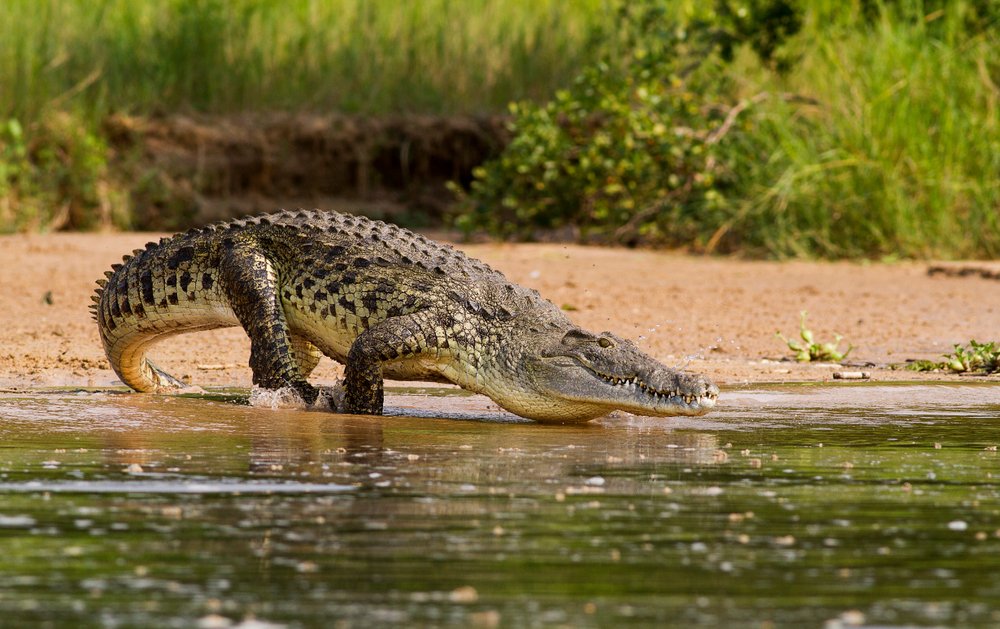
Nile crocodiles primarily inhabit rivers, lakes, and marshlands, with a range that stretches from Egypt to South Africa. These water bodies provide the ideal environment for these reptiles to thrive, offering ample prey and suitable nesting sites.
Hunting and Diet
Nile crocodiles are the top hunters in all the areas they live in. While they’re in the water, this species is quick and agile, and they use both movement and pressure senses to catch any prey that comes near or inside the water.
The Nile crocodile can only use its arms to catch prey when it’s not in the water. It gallops on solid ground. This crocodile and others like it catch almost all of their food by sneaking up on their prey and grabbing it in a matter of seconds. Because their metabolism is ectothermic, they can go a long time without eating.
There are, however, some exceptions to this rule. Even though they are very big animals, their bellies are usually not very big—about the size of a basketball in an average-sized adult.
How Many Nile Crocodiles Are Left In World? Threats to Nile Crocodiles
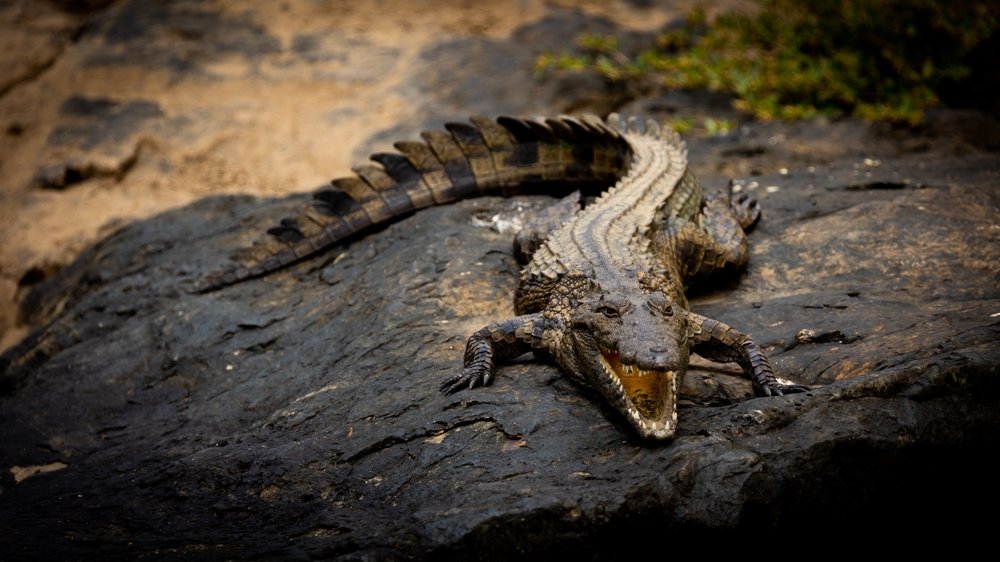
Despite their resilience and adaptability, Nile crocodiles face numerous threats that endanger their survival. Human activities, such as habitat destruction and pollution, pose significant challenges to their existence.
Additionally, illegal hunting for their skin and body parts, driven by the demand for exotic products, has further depleted their numbers. Climate change and its impact on their habitats also pose a growing threat to their population.
Conservation Efforts
Recognizing the importance of Nile crocodiles in maintaining the health of ecosystems, various organizations and initiatives have been launched to protect and conserve these magnificent creatures. These efforts range from habitat restoration projects and community education programs to stricter regulations on hunting and trading. Through research, monitoring, and collaborative conservation strategies, these initiatives strive to ensure the long-term survival of Nile crocodiles.

Impact on the Ecosystem
Nile crocodiles play a crucial role in their respective ecosystems as top predators. By regulating the populations of prey species, they contribute to a balanced and healthy ecosystem. Their presence helps control the spread of diseases, prevents overgrazing by herbivores, and even aids in nutrient cycling through their feeding habits. As keystone species, they have a profound influence on the overall biodiversity of their habitats.
Conclusion
The conservation of Nile crocodiles is not only essential for preserving a remarkable species but also for maintaining the delicate balance of our planet’s ecosystems. As wildlife enthusiasts, conservationists, and responsible members of society, it is our collective duty to support and promote efforts aimed at protecting these magnificent reptiles.
Also Read: How long can a Crocodile hold its breath?

